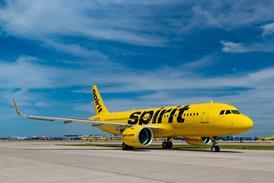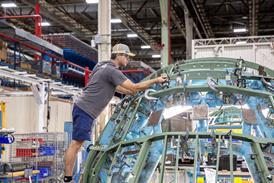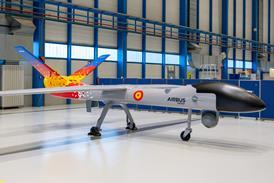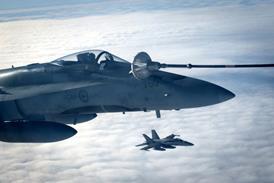In a series of personal insights,industry figures offer their views on how the business has developed over the past 20 years and where it goes from here.Michael E Levine, distinguished research scholar, New York University School of Law presents his views.
 The airline industry has been struggling with fundamental change for almost 30 years, although to most of the players and their bankers it must seem like much longer than that. Airlines – and not just in the USA, where it all started – have gone bankrupt and re-emerged and in some cases gone bankrupt and re-emerged again, each time in slightly to somewhat different form. Others have just gone bankrupt and gone.
The airline industry has been struggling with fundamental change for almost 30 years, although to most of the players and their bankers it must seem like much longer than that. Airlines – and not just in the USA, where it all started – have gone bankrupt and re-emerged and in some cases gone bankrupt and re-emerged again, each time in slightly to somewhat different form. Others have just gone bankrupt and gone.
The “inevitable” business model (all others being obsolete and doomed) has changed every five years since 1978 or so from “new entrant” to “hub-and-spoke” to “ubiquity” to “low-cost carrier” to “point-to-point” to “two-tier” (point-to-point and international network), and may change again before we get used to this year’s flavour. When will it all stop? When will airlines become “normal businesses”? When can we know the industry’s final shape?
These are, of course, the wrong questions, for two reasons: first, which “normal industry” are we talking about? Automobiles? Telecommunications? IT? Retail merchandising? Each has had a period or periods of apparent stability (often enforced by one or another government influence), followed by long and indefinite periods of intense change. As it happens, all of those mentioned are in periods of intense change. Why should airlines be different? They, and airlines, are in fact “normal”. But in a liberal market system, “normal” is in fact turbulent, absent artificially enforced stability. It is all about the “whirlwind of creative destruction”, as the great economic historian Joseph Schumpeter put it.
Second, despite nearly 30 years of evolution (less than that outside the USA), we still have not had a look at a world in which airlines compete in markets where they have access to the inputs of production on more or less equivalent terms. Legacy airlines in the USA and elsewhere are still shedding contractual commitments that impede access to labour, fleets, pensions, infrastructure and technology on terms equivalent to those that liberalism has granted competitors. Low-cost carriers are only now getting access to most of the markets they want to serve. As we approach the climax of US legacy airline bankruptcies, we are only now beginning to see what legacy managements can do if given access to inputs on terms competitive with those who came later. The process in Europe is still in an earlier stage and in Asia and Latin America, much earlier still.
That takes us to the real question: “How many different business models are sustainable when access to inputs is more or less competitive,” and its corollary: “How many firms of each sustainable model will customers support in each market region, absent government constraints?” And it’s very early days to answer that question.
The fact is that no airline has yet successfully emerged from bankruptcy with a business model very different from the one it carried in, despite a few attempts (Swiss, Braniff 2, Vanguard) and an ongoing stab or two (America West/US Airways, ATA). Most that have not changed business models have ultimately failed. But we can guess that the distribution of business models emerging now is likely to be different after all this hoo-hah than it was before. It’s very unlikely that the only problem with legacy airlines was their labour and fleet contracts, and unlikely also that the world has room for an infinite number of Southwests. In fact, even Southwest isn’t the point-to-point airline it was 10 years ago (much to its management’s credit), and we can be certain that the point-to-point model is not “scalable” to the degree aircraft orders would suggest some believe it is.
In the same way, I have little doubt that there is a need for hub-and-spoke airlines to serve traffic flows too thin to support frequent nonstop service in competitive-cost aircraft: there is no reason to believe that the likes of AirTran or Frontier have discovered something about the hub-and-spoke system that is unknown to the US majors. And I know that “pricing power” cannot remain long in an international environment becoming overpopulated by airlines fleeing more competitive domestic and regional environments, and where government obstacles to competition are slowly but surely being eroded.
So we are still, believe it or not, fairly early in the industry restructuring process. We do not yet know how many hubs, point-to-point routes or regional and global international systems the world will support when everyone has access to the same inputs and technology at competitive prices. And we have no assurance that while we are sorting this out, technology will not change further so that the answer we might reach today is the same as the one we might reach 10 years from now.
We should not be confused by fuel hedging and its impact on accounting results, or by historic pension and health cost obligations that must ultimately be resolved politically. What we can say is it won’t end soon (and may never end) and none of us, least of all the financiers, know how it will come out.
Source: Airline Business























